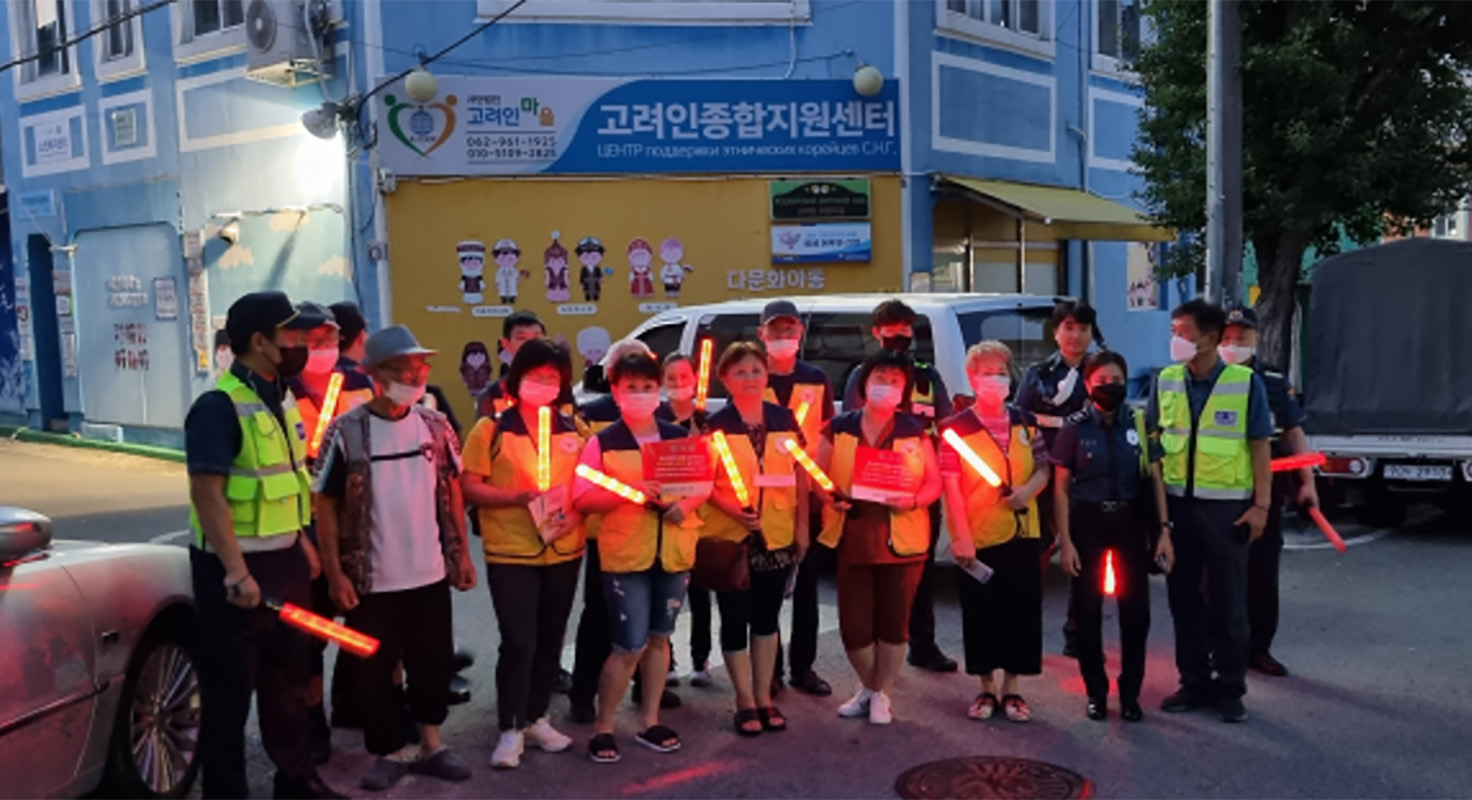The Hospitality and Limitations of South Korea for Ukrainian Refugees
On February 24, 2022, contrary to the assumption of the majority of experts, Russian troops crossed the Ukrainian border. Bombings were carried out in large cities throughout Ukraine, including the capital Kiev, Lviv in the west, Kharkiv in the east, and Odessa in the south. Russia called this blunt beginning of the war a ‘special military operation.’ This was a reference to the operation that was being conducted to protect Russian citizens who were faced with threats in the eastern region.
Although the war was expected to be a short one, it has been on-going for over two years. Whether the cause of the war was NATO’s eastward advance, Russia’s desire to reorganize the US-centered international order, or the East-West conflict within Ukraine, the bottom line is that it is the people living in Ukraine who suffer from the war, not the rulers of the United States and Russia. One of the consequences of the war is that a large number of Ukrainians have had to seek refuge. According to the UNHCR’s data as of March 14, 2024, there are 6,486,000 refugees abroad (5,982,900 in Europe and 503,100 outside of Europe), and the number of displaced people within Ukraine adds to 3,689,000. A small number of these Ukrainian war refugees came to South Korea. They are estimated to be about 1200 to 1500 people.
The characteristics of Ukrainian war refugees who came to South Korea are as follows. Most of the ethnic Koreans (Koryein) living in Ukraine have found their way to Korea. Before the Crimea incident in Ukraine in 2014, approximately 30,000 Koryeins lived in Ukraine. When the current war broke out in 2022, the number of Koryeins living in Ukraine was officially estimated to be about 12,000, though the actual number is believed to be around 20,000. Koryeins left the Korean Peninsula in the late 19th century to move to Primorsky Krai in Russia; from Primorsky Krai they moved again to Central Asia, this time due to Stalin’s forced migration policy in 1937. It is the Koryeins who voluntarily immigrated from Central Asia to Ukraine after Stalin’s death who are now returning to the Korean Peninsula as war refugees. However, most of these people did not enter the country as refugees, but rather by receiving a visa for Overseas Koreans (H2, F4).

Fig. 1: Members of the ‘autonomous crime prevention unit’ run by Koryein Village. The blue building in the background is where the headquarters of Koryein Village is located; the ground floor houses the “Koryein Support Center.” Due to their activities, knife crimes in the area are the lowest nationwide among districts with a high concentration of residents from Central Asia. (Photo courtesy of Lee Cheon Young)
There was no support from the Korean government for the Ukrainian refugees. Unlike for the 391 Afghan refugees who arrived in Korea on a chartered special flight in August 2021 and were provided with settlement support, the South Korean government did not provide any support for the Ukrainian refugees. However, through private NGO fundraising, airline tickets were sent to Koryeins staying in Poland and other nearby countries. Moreover, initial funds for the settlement of Ukrainian refugees who came to Korea were also acquired through private means. A representative NGO that has carried out these activities is Koryein Village, based in Gwangju, which is a non-profit incorporated association. Since 2002, Koryein Village has been running the Koryein Support Center to help Koryein migrant workers. It is equipped with a systematic infrastructure to help Koryeins find jobs, provide medical support and legal counseling, and operate educational institutions for their children. Using this infrastructure, Koryein Village provided 876 Ukrainian Koryein refugees with airline tickets for South Korea; after their entry, Koryein Village provided initial settlement funds and medical support (including medical treatment surgery) to about 160 people in poor health.
However, as these aid efforts were conducted purely at the private level, the limitations of the situation have become apparent in the past two years. In particular, it has become increasingly difficult for these refugees to acquire Korean nationality or to secure jobs in Gwangju. Because of this, about 40 percent of the refugees are relocating to the larger cities around Seoul or have gone back to Ukraine. The lack of government-level support – contrasting to the situation of the Afghan special people of merit – has inevitably led to difficulties in the settlement procedure.
Lastly, Koryein Village activists, who have a good understanding of Korean society’s negative views on refugees, do not refer to Koryein refugees from the Ukrainian war as “refugees” but rather as “compatriots who escaped the Ukrainian war.” Rather than accepting war refugees from the perspective of universal human rights, the approach has been to help these compatriots who have suffered due to the war. This incident reveals some of the limitations of Korean society regarding universal human rights. However, all societies appear to have issues with the notion of universal human rights, as was revealed when Europe, which ostracized Syrian refugees, welcomed Ukrainian refugees due to racial and religious affinities. Improving the awareness of refugees and their rights remains a task that South Korean society, and indeed the societies of Northeast Asia, must work towards.
Ka Young Ko, HK Research Professor, Center for Eurasian and Central Asia Studies, Seoul National University Asia Center. Email: kkynow@snu.ac.kr